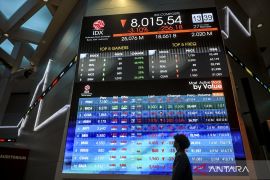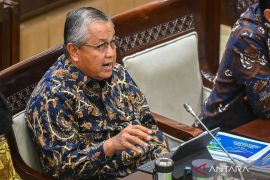The debts increased by 0.19 percent as compared to $359.7 billion recorded in September 2018, the statement noted.
"Indonesia`s foreign debts at the end of October 2018 comprised $178.3 billion of government and central bank debt and $182.2 billion from the private sector, including state-owned companies," the central bank said in the statistics of Indonesia`s foreign debts.
The government`s foreign debts rose by 3.3 percent yoy to $175.4 billion, while the central bank`s foreign debts reached $2.9 billion.
The private sector`s debts rose by 7.7 percent yoy to $182.2 billion. As of late October 2018, the private sector`s foreign debts constituted $32.5 billion incurred by bank financial institutions and $10 billion by non-bank financial institutions. The foreign debts borne by non-financial institution debtors reached $139.6 billion.
The private sector`s foreign debts at the end of October 2019 increased 7.7 percent yoy as compared to 6.7 percent yoy a month earlier, fueled by the growth of foreign debts in the electricity, gas, steam/hot water (LGA) sector. Most of the private sector`s foreign debts were incurred by financial service and insurance companies, manufacturing firms, LGA companies, and mining and extracting companies.
BI assesses that Indonesia`s foreign debt structure will remain healthy as is apparent from the ratio of Indonesia`s foreign debt to the national gross domestic product (GDP) ratio that remained stable at 34 percent as of late September 2018.
The figure is still below the maximum limit set at 60 percent of the GDP in Law No. 17 of 2003. In fact, Indonesia`s debt-to-GDP ratio is still relatively better than that of peer countries, with equal economic capacities.
Reporting by Indra Arief Pribadi, Suharto
Editing by Bustanuddin
Reporter: Antara
Editor: Fardah Assegaf
Copyright © ANTARA 2018












